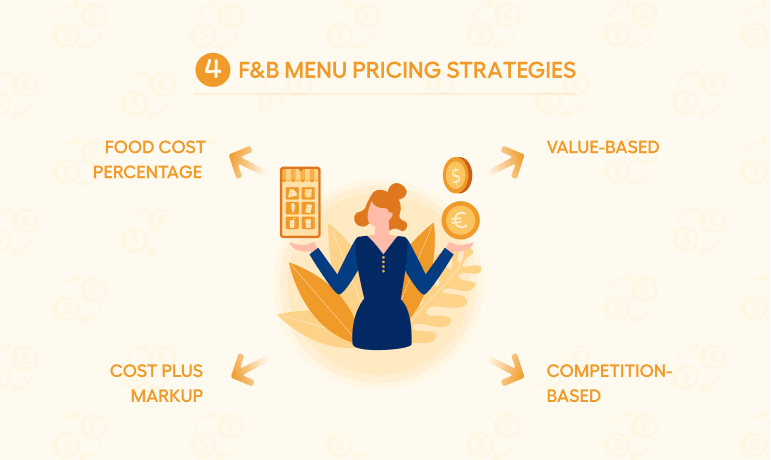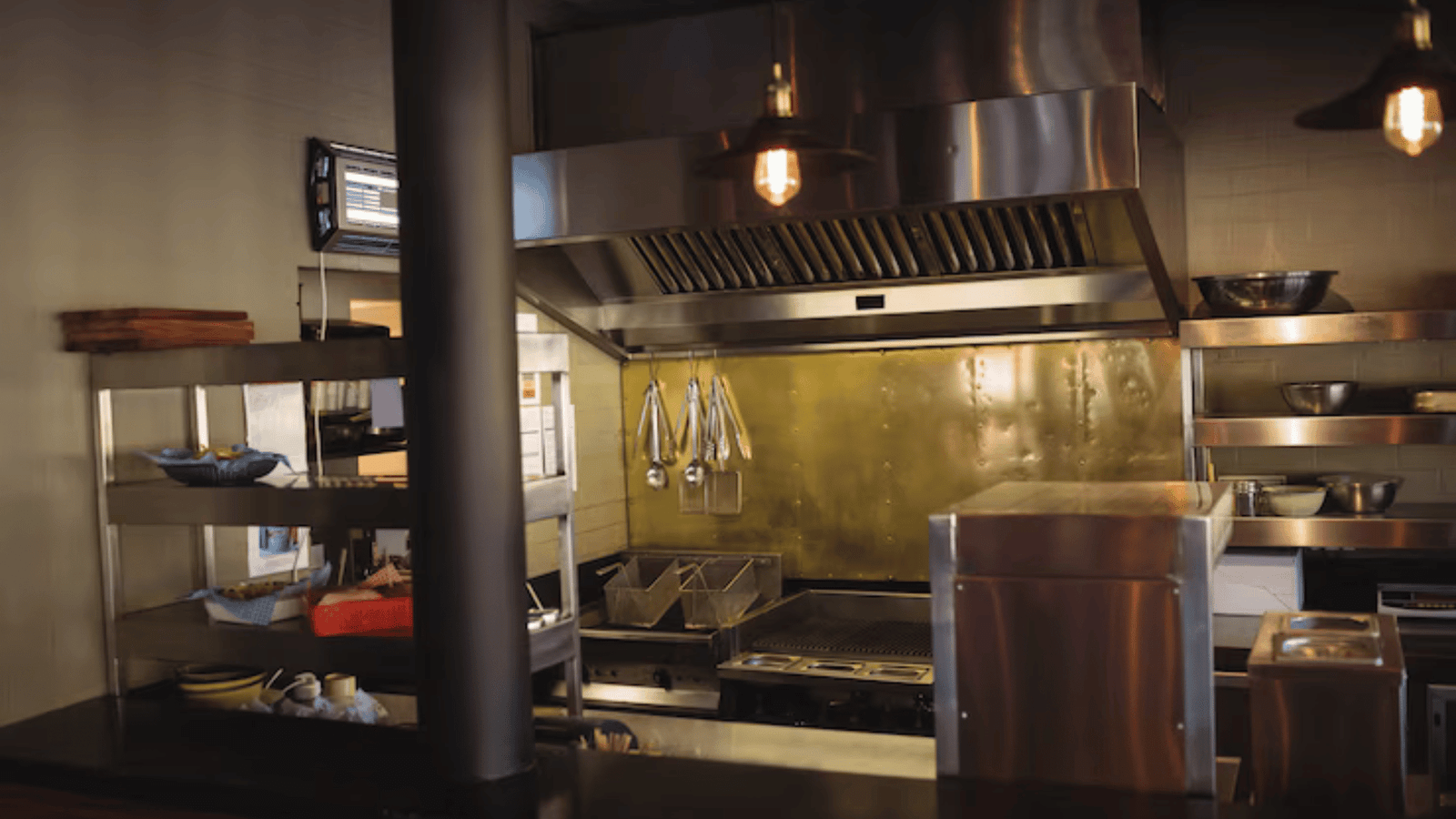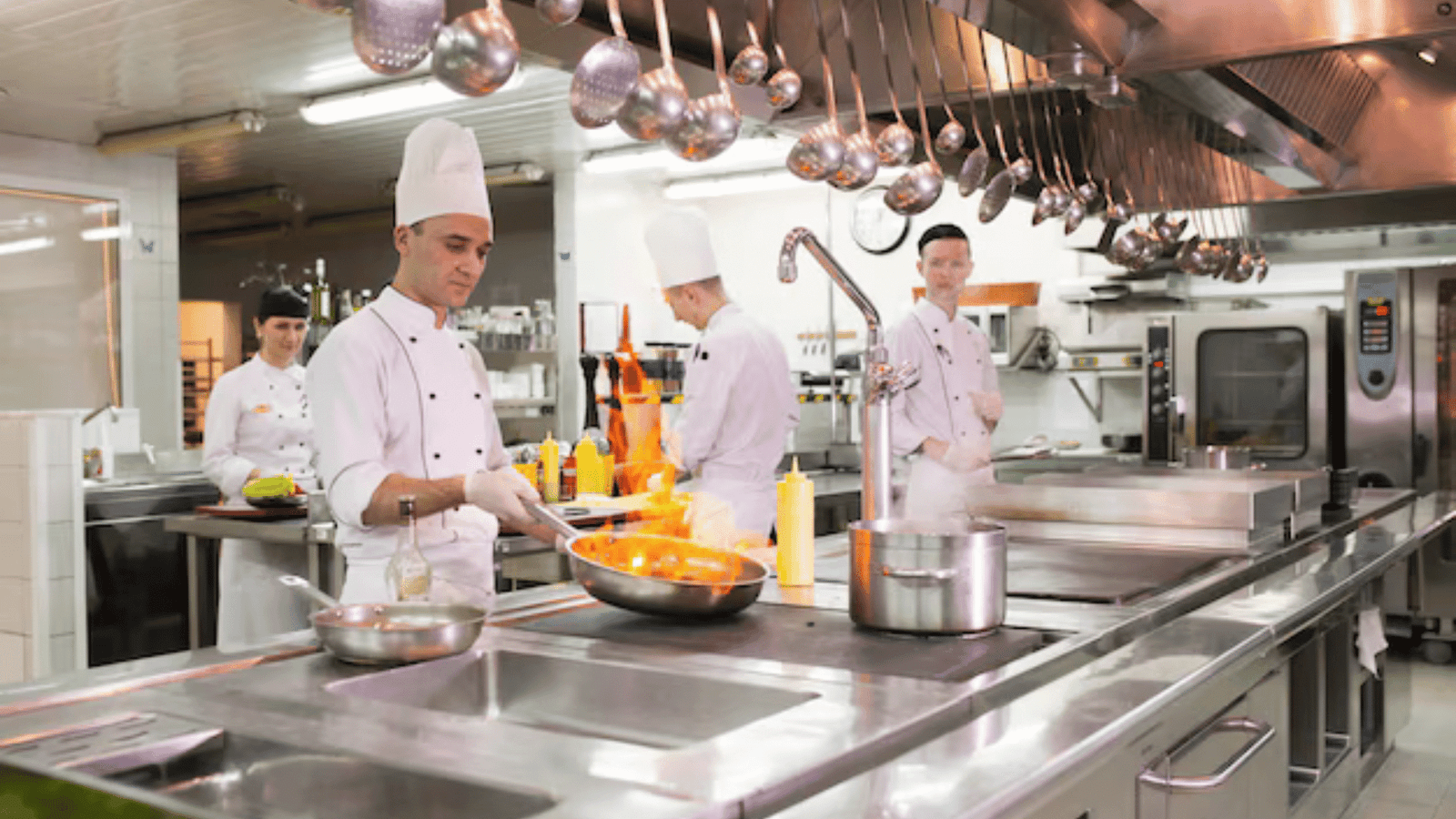The cloud kitchen model is one of the fastest-growing segments in the food industry, driven by the rise of online food delivery. With lower overhead costs compared to traditional restaurants, cloud kitchens seem like a lucrative investment opportunity. However, many entrepreneurs jump in without proper planning and end up losing money due to common mistakes.
To help you avoid costly investment errors, this guide covers the most common cloud kitchen investment mistakes and how to ensure a successful, scalable, and profitable food business.
1. Poor Market Research & Location Selection

1.1 Ignoring Demand & Competition Analysis
Many investors fail to analyze local food trends and demand before launching a cloud kitchen. This can lead to poor sales despite having great food.
✔️ Research top-selling cuisines in your area using Swiggy, Zomato, or UberEats analytics.
✔️ Study competition pricing, ratings, and order volume.
✔️ Test demand by launching a small-scale pilot menu before full investment.
1.2 Choosing the Wrong Kitchen Location
Cloud kitchens don’t require prime locations, but delivery radius and accessibility are crucial.
❌ Don’t set up in areas with poor online food delivery demand.
✔️ Choose a location near high-density residential or office areas for better order volume.
✔️ Ensure fast delivery potential by staying close to delivery hotspots.
2. Underestimating Initial Investment & Operating Costs
2.1 Miscalculating Startup Costs

Many entrepreneurs underestimate the total cost of setting up a cloud kitchen, leading to cash flow issues within months.
✔️ Factor in kitchen setup, licenses, branding, marketing, staff salaries, and initial working capital.
✔️ Have at least 6 months of operational expenses ready before launching.
2.2 Ignoring Hidden Costs
Apart from rent and salaries, hidden costs can eat into profits.
✔️ Swiggy & Zomato commission fees (15%-30%).
✔️ Packaging costs for safe and premium food delivery experience.
✔️ Monthly software & subscription costs for POS, marketing tools, and CRM.
3. Flawed Menu & Pricing Strategy

3.1 Offering Too Many Menu Items
A common mistake is creating an extensive menu, which increases inventory costs and food wastage.
✔️ Focus on high-demand, easy-to-execute dishes.
✔️ Optimize the menu based on profit margins and quick preparation time.
3.2 Wrong Pricing Strategy
❌ Setting prices too low reduces profits, while overpricing drives away customers.
✔️ Calculate food costs + operational costs + delivery commissions + profit margin before finalizing prices.
✔️ Monitor competitors’ pricing and adjust rates based on demand.
💡 Example: A healthy food cloud kitchen in Delhi reduced its menu from 40 to 15 items, cutting food waste by 50% and improving profits.
4. Ignoring Branding & Marketing

4.1 Neglecting Brand Identity
Since cloud kitchens don’t have a physical storefront, online branding is the key to visibility.
✔️ Create a unique brand name, logo, and social media presence.
✔️ Invest in high-quality food photography & menu descriptions to attract more customers.
4.2 Depending Only on Swiggy & Zomato
Many cloud kitchens rely entirely on third-party delivery platforms, reducing their profit margins due to high commissions.
✔️ Build your own direct ordering website or app to retain customers.
✔️ Run Instagram & Google Ads for customer acquisition.
✔️ Offer exclusive discounts for direct orders.
Read Also :- Franchise Expansion Strategies: How to Successfully Scale Your Restaurant Brand
Scaling Your Restaurant: Franchise Model Benefits & Best Practices
5. Poor Kitchen Operations & Delivery Management
5.1 Lack of Standardized Recipes & Processes
Without standard operating procedures (SOPs), consistency suffers, leading to bad reviews.
✔️ Implement detailed recipe guides for uniform taste and quality.
✔️ Train staff on portion control, packaging, and hygiene standards.
5.2 Inefficient Delivery Handling
Slow delivery times and packaging failures can lead to negative ratings and refund requests.
✔️ Use smart dispatching systems to assign delivery orders efficiently.
✔️ Invest in quality packaging that retains food temperature.
6. Lack of Scalability & Growth Planning

6.1 Expanding Too Quickly Without Market Validation
❌ Many cloud kitchens expand into new locations without validating demand, leading to losses.
✔️ Before opening multiple outlets, test repeat order rates, customer feedback, and break-even time.
6.2 Not Leveraging Multi-Brand Strategy
Instead of investing in new locations, use the same kitchen to operate multiple virtual brands.
✔️ Create niche food brands for different audiences (e.g., vegan, high-protein, or regional cuisine).
✔️ Optimize the same ingredients for multiple menus to reduce inventory costs.
7. Neglecting Financial Planning & Profit Margins
7.1 No Break-Even Analysis
Failing to calculate break-even point leads to unrealistic revenue expectations.
✔️ Track monthly revenue vs. expenses to determine when you’ll reach profitability.
7.2 Ignoring Cash Flow Management
❌ Not keeping enough working capital for slow months can lead to closure.
✔️ Maintain a financial buffer for at least 6 months to cover unexpected costs.
Read Also : Top 5 Cloud Kitchen Marketing Ideas
How to Increase Sales in Your Cloud Kitchen?
Conclusion
Investing in a cloud kitchen is a promising opportunity, but avoiding common investment mistakes is crucial for success. By focusing on:
✔️ Market research & location selection
✔️ Proper financial planning & cost control
✔️ Effective branding & customer acquisition strategies
✔️ Optimized operations & scalable business models
You can ensure long-term profitability and sustainable growth in the cloud kitchen industry.
FAQs
Q1. What is the biggest mistake in cloud kitchen investment?
The biggest mistake is poor financial planning, leading to cash flow issues and unprofitable pricing strategies.
Q2. How can I make my cloud kitchen profitable?
By focusing on optimized menu pricing, efficient operations, strong branding, and smart marketing strategies.
Q3. Is relying on Swiggy and Zomato a good strategy?
While they help with initial visibility, building your own direct ordering platform is essential to maximize profits.
Q4. What is the ideal budget for a cloud kitchen startup?
A small cloud kitchen can start with ₹10-15 lakhs, but a scalable model requires ₹20-30 lakhs, including working capital.
Q5. How long does it take for a cloud kitchen to be profitable?
Most cloud kitchens break even within 6-12 months, but proper planning is key to success.





